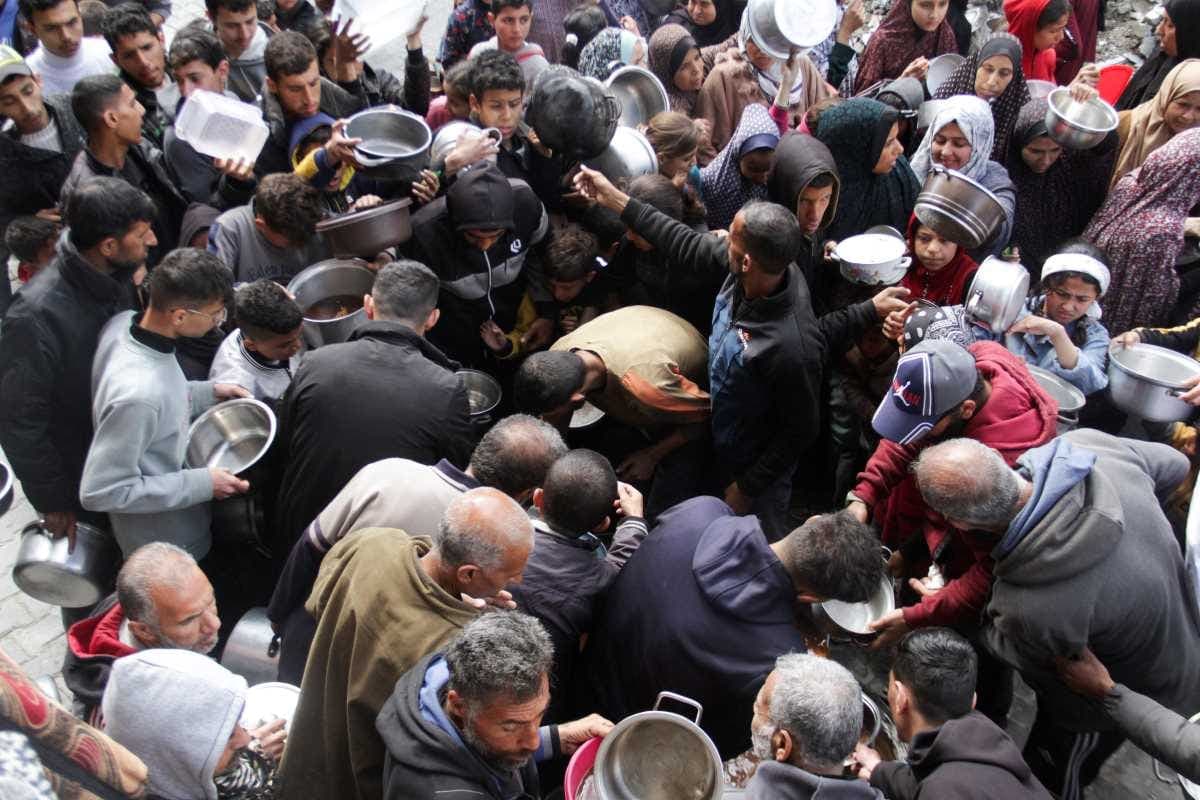Loading News Article...
We're loading the full news article for you. This includes the article content, images, author information, and related articles.
We're loading the full news article for you. This includes the article content, images, author information, and related articles.
Despite a recent ceasefire, the delivery of humanitarian aid to Gaza City remains severely hampered by impassable roads and Israeli control, a situation closely watched by Kenyans due to its broader implications for regional stability and humanitarian efforts.

Humanitarian organisations are facing significant challenges in distributing aid to Gaza City and its surrounding northern areas, despite a recent ceasefire between Israel and Hamas. Experts warn that even with the potential opening of the Rafah crossing, widespread destruction and ongoing control by Israeli forces render key roads virtually impassable, exacerbating an already dire hunger crisis.
The dire situation in Gaza has drawn attention from Kenyans, who are often at the forefront of humanitarian efforts and deeply invested in global peace and security. The challenges in aid distribution highlight the complexities of conflict zones and the critical need for unimpeded humanitarian access.
Gaza City and its northern environs bore the brunt of a major Israeli offensive launched in August, which was still underway when the ceasefire agreement was signed a week ago. This prolonged conflict has resulted in massive destruction, with entire towns like Beit Lahiya and Beit Hanoun, as well as many outlying areas of Gaza City, reduced to ruins.
The Zikim crossing, a primary entry point to the northern territory, has been closed for several weeks. Aid workers report that Israeli officials have indicated no immediate plans to reopen it, further complicating aid delivery.
International humanitarian law mandates the protection of civilians and ensures unimpeded access for humanitarian aid in conflict zones. However, the current situation in Gaza demonstrates significant obstacles to these principles. The control of key infrastructure and borders by warring parties often creates bottlenecks that prevent aid from reaching those most in need.
Katy Crosby, Senior Director of Policy and Advocacy at Mercy Corps, an international NGO, emphasised the critical need for improved access. “Any opening of a crossing into Gaza is welcome, but we need to make sure we can reach people where they are,” Crosby stated. She added, “If we don’t see more access, we will just be maintaining the status quo at best. We won’t see a reduction in looting and we will see more displacement as people move to where there is more aid.”
The concerns raised by Mercy Corps resonate with Kenyan aid organisations and government officials, who advocate for humanitarian principles and effective aid delivery in crisis situations globally.
The inability to effectively distribute aid poses severe risks, including increased starvation, displacement, and a worsening humanitarian crisis. The potential for looting of aid trucks due to desperation further complicates efforts and endangers aid workers. For Kenya, a nation that often contributes to peacekeeping and humanitarian missions, these developments underscore the fragility of post-conflict environments and the importance of robust international frameworks for aid delivery.
The exact timeline for the full opening of all crossings and the establishment of safe aid corridors remains uncertain. Questions persist regarding the coordination mechanisms between Israeli forces, humanitarian agencies, and local authorities to ensure the safe and efficient movement of aid within Gaza.
As of Thursday, October 16, 2025, at 5:44 AM EAT, the Rafah crossing from Egypt to Gaza is anticipated to open. However, the operational challenges within Gaza itself are expected to persist. Humanitarian organisations continue to advocate for greater access and security guarantees for aid distribution.
Observers will be closely watching the effectiveness of aid distribution following the potential opening of the Rafah crossing. The focus will be on whether humanitarian agencies gain the necessary access to reach the most vulnerable populations in northern Gaza and if measures are put in place to ensure the safety of aid convoys and personnel.
Keep the conversation in one place—threads here stay linked to the story and in the forums.
Other hot threads
E-sports and Gaming Community in Kenya
Active 6 months ago
Popular Recreational Activities Across Counties
Active 6 months ago
The Role of Technology in Modern Agriculture (AgriTech)
Active 6 months ago
Investing in Youth Sports Development Programs
Active 6 months ago